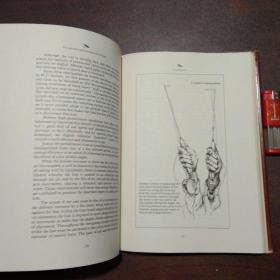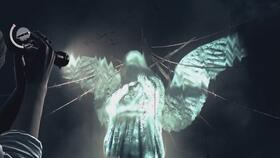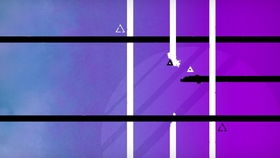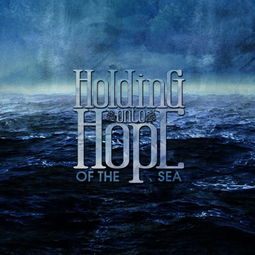Content:
Embarking on a fishing adventure can be an exciting and rewarding experience. Whether you are a beginner or looking to enhance your skills, it is essential to understand the basics of fishing techniques and methods. In this article, we will provide you with a comprehensive guide to help you get started on your fishing journey.
Choosing the Right Equipment
The first step in learning how to fish is to select the appropriate equipment. Here are some essential items you will need:
a. Rod and Reel: The rod and reel combination is the core of your fishing setup. Choose a rod that matches the type of fishing you plan to do, such as freshwater or saltwater. The reel should be compatible with your rod and designed for the type of fishing you are interested in.
b. Line: The line is the connection between you and the fish. There are various types of fishing lines, including monofilament, fluorocarbon, and braided lines. Each type has its advantages and disadvantages, so it is essential to choose the right one for your fishing conditions.
c. Lures and Baits: Lures and baits are used to attract fish. There are numerous options available, including artificial lures, live bait, and artificial baits. Experiment with different types to find what works best in your fishing environment.
d. Tackle Box: A tackle box is a storage container for all your fishing gear. It should be organized and contain all the necessary items, such as hooks, sinkers, swivels, and split rings.
Mastering Basic Techniques
Once you have your equipment, it is time to learn the basic fishing techniques. Here are some essential skills to master:
a. Casting: Casting is the process of throwing your lure or bait into the water. There are various casting techniques, such as the overhead cast, sidearm cast, and roll cast. Practice these techniques to improve your accuracy and distance.
b. Bait Presentation: The way you present your bait or lure to the fish can make a significant difference in your success. Learn how to work your bait or lure effectively, whether it is a slow retrieve or a fast twitch.
c. Reading the Water: Understanding the water's conditions is crucial for successful fishing. Observe the water's surface, structure, and vegetation to identify potential fish-holding areas.
d. Setting the Hook: Once a fish takes your bait or lure, it is essential to set the hook quickly and efficiently. Practice different methods, such as the "rip and set" or "tug and set," to ensure you are prepared when a fish strikes.
Choosing the Right Location
Selecting the right fishing location is vital for a successful fishing trip. Here are some tips for finding the perfect spot:
a. Research: Before heading out, research the area you plan to fish. Look for information on local fish species, water conditions, and regulations.

b. Topography: Pay attention to the water's topography, such as rocks, logs, and weed beds, as these areas often hold fish.
c. Seasonal Patterns: Fish migration and feeding patterns can vary with the season. Learn about the seasonal patterns of the fish you are targeting to increase your chances of success.
Safety and Etiquette
Fishing can be a relaxing and enjoyable activity, but it is essential to prioritize safety and follow proper etiquette:
a. Safety First: Always wear a life jacket when fishing from a boat or in deep water. Check the weather forecast and be prepared for emergencies.
b. Leave No Trace: Practice Leave No Trace principles by disposing of trash properly, respecting wildlife, and minimizing your impact on the environment.
c. Be Courteous: Be polite and respectful to other anglers and the local community. Follow local fishing regulations and be mindful of other users of the waterway.
In conclusion, starting your fishing journey requires the right equipment, basic techniques, and knowledge of your fishing environment. By following this comprehensive guide, you will be well on your way to becoming a skilled angler. Happy fishing!












